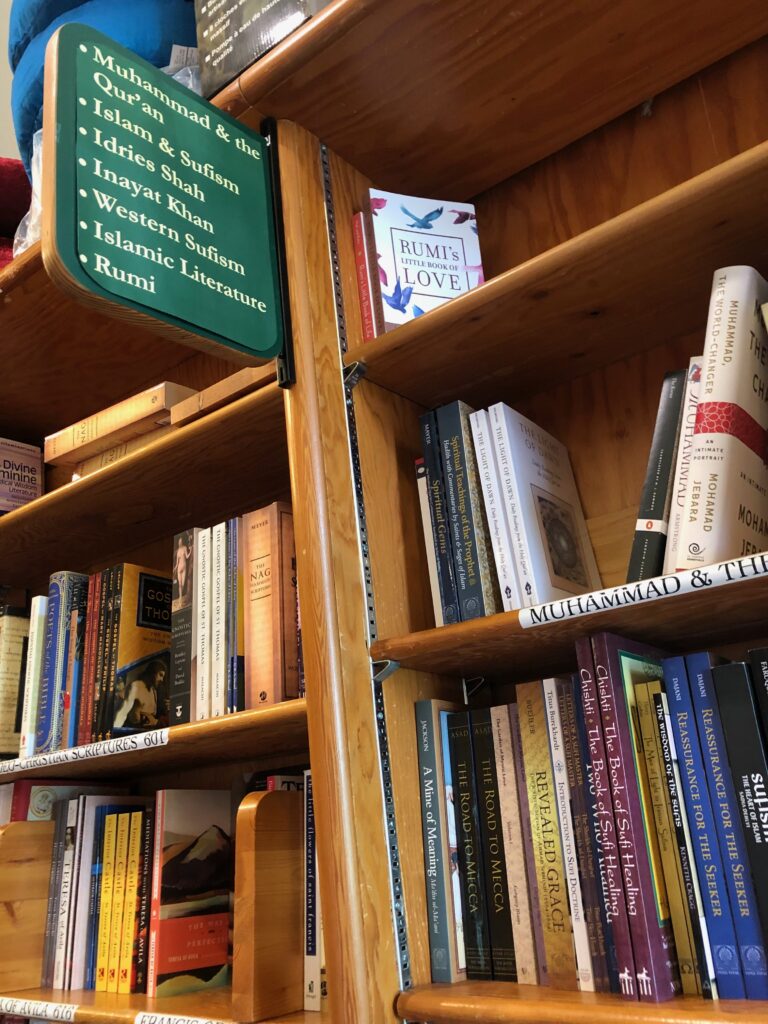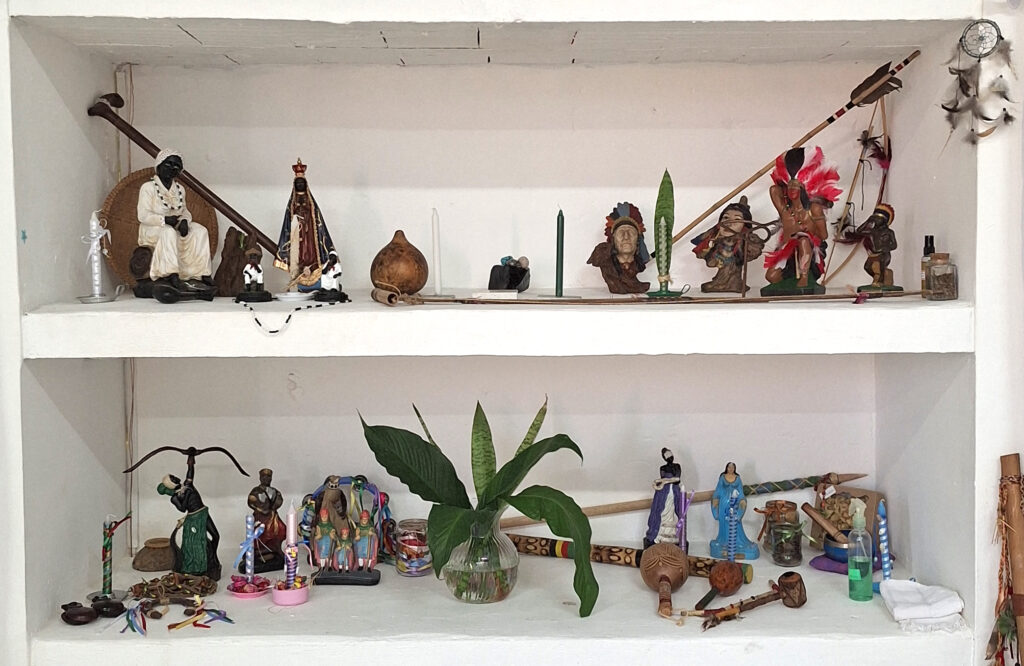This lecture was a welcome opportunity for me to give an overview of my project at the IKGF this year, and a preliminary presentation of some main findings and research directions.
Of the many areas of premodern China’s worldviews that Buddhism profoundly changed, time and fate are without doubt among the most significant. At the individual level, the notion of karma linked a person’s past, present and future along a trail determined by one’s actions, leading to successive rebirths that could be more or less favourable. At the collective level, however, the path to salvation had a stumbling block in the baffling idea that the dharma was time-limited and bound to an inevitable end: a tradition found in several early canonical texts (preserved in Pali, Sanskrit, Chinese, and Tibetan) attests in fact to a belief in the final demise of the Buddhist religion, and a specific prophecy would set this fateful event a thousand years after the death of the Buddha—his parinirvāṇa.
In principle, this notion should have been a major source of anxiety: for if the Buddha’s dispensation was to end, individual agency based on it was evidently also undermined by the prospect. Yet, whether in India or in China, few believers were willing or able to place the Buddha in historical time. The Buddha was rather seen as a spirit or ‘metaperson’, “of human character and metahuman powers” (Marshall Sahlins), in a close degree of continuity with human experience and social existence, yet transcending that existence entirely.
In China, in particular, Buddhism and the prophecies about its millennial duration had been known since the Eastern Han 漢 dynasty (25–220 CE), but chronological perceptions of its founder remained ambiguous for a long time. Views of the Buddha as a great teacher from an elusively distant past coexisted with those of an all-powerful, ever-present spirit. A more distinctive tradition identified the Buddha as an avatar of Laozi 老子, the deified sage of Taoism, who was thought to have left China westbound at the end of the Zhou 周 dynasty, thus in the third century BCE; an isolated dating of the Buddha at that time in the writings of the monk Zhi Dun 支遁 (314–366) may echo this very tradition.
From the end of the fourth century CE, however, a specific chronology of the Buddha’s parinirvāṇa seems to have been introduced into China from northwest India, along with the outlines of a Buddhist sacred history and eschatological anxieties about the demise of the dharma. This novel dating—which was roughly consistent with the so-called ‘Long Chronology’ in the Theravāda tradition, and probably shared a common origin—would place the death of the Buddha in (what is for us) the second half of the sixth century BCE; accordingly, the thousand-year duration that had been assigned to the dharma in a major stream of canonical tradition would come to an end in the mid-fifth century CE or shortly thereafter CE. An increasingly anxious awareness of this looming deadline is reflected in the writings of numerous Buddhist authors between ca. 380 and 450, from Dao’an 道安 (312–385) and Huiyuan 慧遠 (334–416) to Xuanchang 玄暢 (ca. 420–494). It is further echoed in several inscriptions on votive miniature stūpas from Turfan and Liangzhou 涼州, dated between 426 and 435, and especially in a number of apocryphal scriptures produced in this period, most significantly in the Guanding jing 灌頂經 (the ‘Consecration Sūtra’).
This is what I have called the “Buddhist eschatological crisis” in fifth-century China, and its investigation lies at the core of my present project. Buddhist eschatological discourse on the end of the dharma has, of course, been well studied in its Indian, Central Asian, Chinese, and Japanese expressions. As regards medieval China, however, there remains considerable room—and need—for a more detailed understanding of its origins, contexts, and implications. It has been persistently assumed that Buddhists in China followed purely native datings of the Buddha’s nirvāṇa; that, accordingly, Buddhist eschatology in China was a homegrown phenomenon, reflected as such in a number of indigenous scriptures, doctrines and movements; and that this phenomenon, bar few isolated antecedents, notably flourished in the sixth century CE.
In my ongoing research, I intend to challenge these perceptions, and expand on the preliminary findings outlined above in four main related areas of enquiry.
First, what is the background of the eschatological discourse that inspired the fifth-century crisis? While a millennial duration of the dharma is attested in several texts of Indian origin, especially in the Sarvāstivāda and Mūlasarvāstivāda tradition, there is no canonical sanction for the chronologies of the Buddha that would map that duration onto historical time. One is left wondering whether an existing chronological scheme determined eschatological expectations, or whether it was rather the other way around. It should also be noticed that the figure of one thousand years was as meaningless in India as it was in China, and only came to the former from the Mediterranean and Iranian worlds via the Indo-Scythians and Kushans.
Second, how did Buddhists in fifth-century China respond to the predicted imminent demise of their religion? There is substantial evidence that the eschatological crisis of the fifth century resulted in the elaboration of alternative and distinctly native chronologies of the Buddha that would defer the end of the dharma considerably, or even indefinitely. This manipulation of eschatology was closely matched in the Theravāda tradition of Sri Lanka, where in the same period the duration of the dharma was artificially extended to 5,000 years, and has parallels in medieval Christianity. Other important outcomes in China were, on the one hand, the rise of grassroots millennialist movements, often finding common ground with Taoist messianism; on the other hand, the emergence of distinctly anti-eschatological positions in the Buddhist monastic elite (e.g. with the scholar-monk Sengyou 僧祐, 445–518).
Third, what role did Chinese mantic traditions and conceptions of destiny play in the cultural response to Buddhist eschatology? The repeated characterization of the millennial end of the dharma in terms of adverse fate, the striking presence of trigrams from the Book of Changes on the Liangzhou stūpas, or the prominent inclusion of an oracle-text for divination in the ‘Consecration Sūtra’ suggest that there was considerable reliance on indigenous repertoires during this period.
Finally, I will take stock of my findings to assess the impact of the fifth-century eschatological crisis on notions of collective fate, time and the future in medieval China, particularly in terms of the long-term prejudice that such a crisis may have brought to the epistemic authority of Buddhist canonical discourse, and as reflected in the agency and guidance of the monastic institution.
#
Antonello Palumbo is a historian of religion focusing on premodern China. He is the author of An Early Chinese Commentary on the Ekottarika-āgama: The Fenbie gongde lun 分別功德論and the History of the Translation of the Zengyi ahan jing 增一阿含經 (Taipei: Fagu Wenhua, 2013) and of many articles and essays.
__
CAS-E blogs may be reprinted with the following acknowledgement: “This article was published by CAS-E on January 27, 2023.”
The views and opinions expressed in blog posts and comments made in response to the blog posts are those of the author(s) and do not necessarily reflect the views and opinions of CAS-E, its founders, its staff, or any agent or institution affiliated with it, nor those of the institution(s) with which the author is affiliated.








